What is the history of milk?
According to the Greek creation myth, we are so much spilt milk; a splatter of the goddess Hera's breast milk became our galaxy, the Milky Way. But while mother's milk may be the essence of nourishment, it is the milk of other mammals that humans have cultivated ever since the domestication of animals more than 10,000 years ago, originally as a source of cheese, yogurt, kefir, and all manner of edible innovations that rendered lactose digestible, and then, when genetic mutation made some of us lactose-tolerant, milk itself.
Before the industrial revolution, it was common for families to keep dairy cows and produce their own milk. But during the nineteenth century mass production and urbanization made milk safety a leading issue of the day, with milk-borne illnesses a common cause of death. Pasteurization slowly became a legislative matter. And today milk is a test case in the most pressing issues in food politics, from industrial farming and animal rights to GMOs, the locavore movement, and advocates for raw milk, who controversially reject pasteurization.
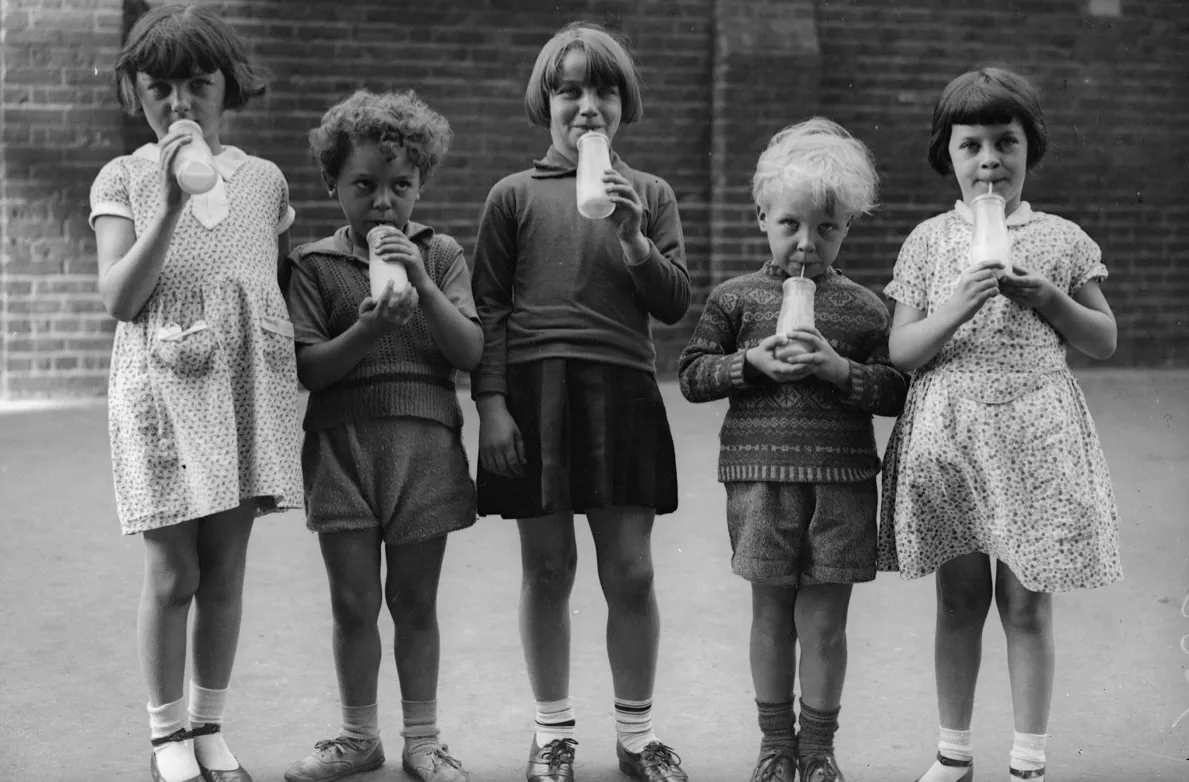
1. Do other mammals continue to drink milk in adulthood?
Humans are the only mammals that consume milk past weaning. In nature, the babies of most mammals nurse only until they are ready for food, and then a gene steps in to shut down the ability to digest milk.
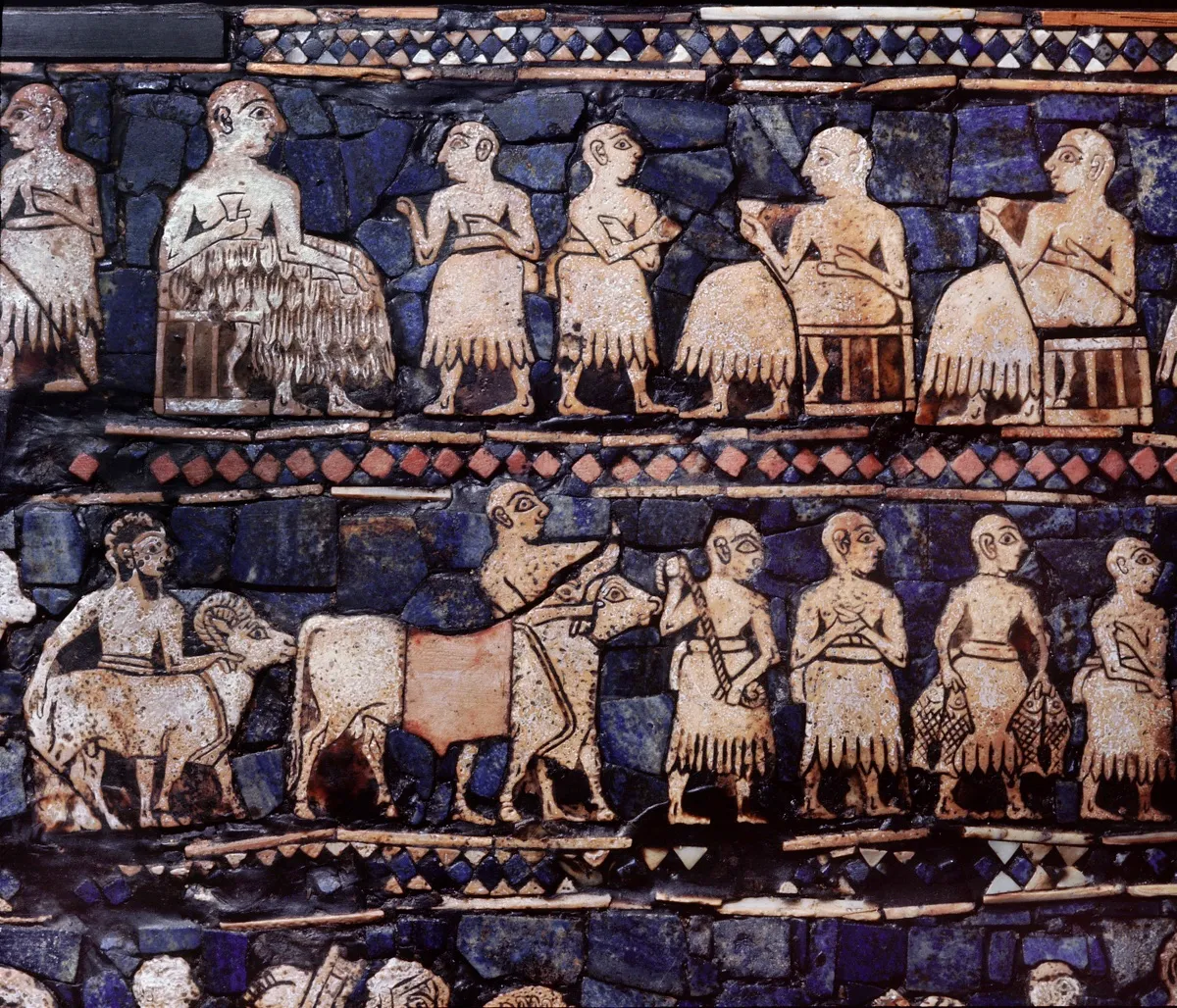
2. What is the history of drinking milk?
In what is today Iraq, the Sumerian culture was among the first to milk domesticated animals.

3. Which mammal produces the richest milk?
Whale milk is 34.8 percent fat, as opposed to human milk, which is only 4.5 percent fat, as Young whales have to build a layer of fat quickly in order to survive. Northern seals also have to acquire fat quickly; a gray seal’s milk is 53.2 percent fat, making it about the fattiest milk of all.
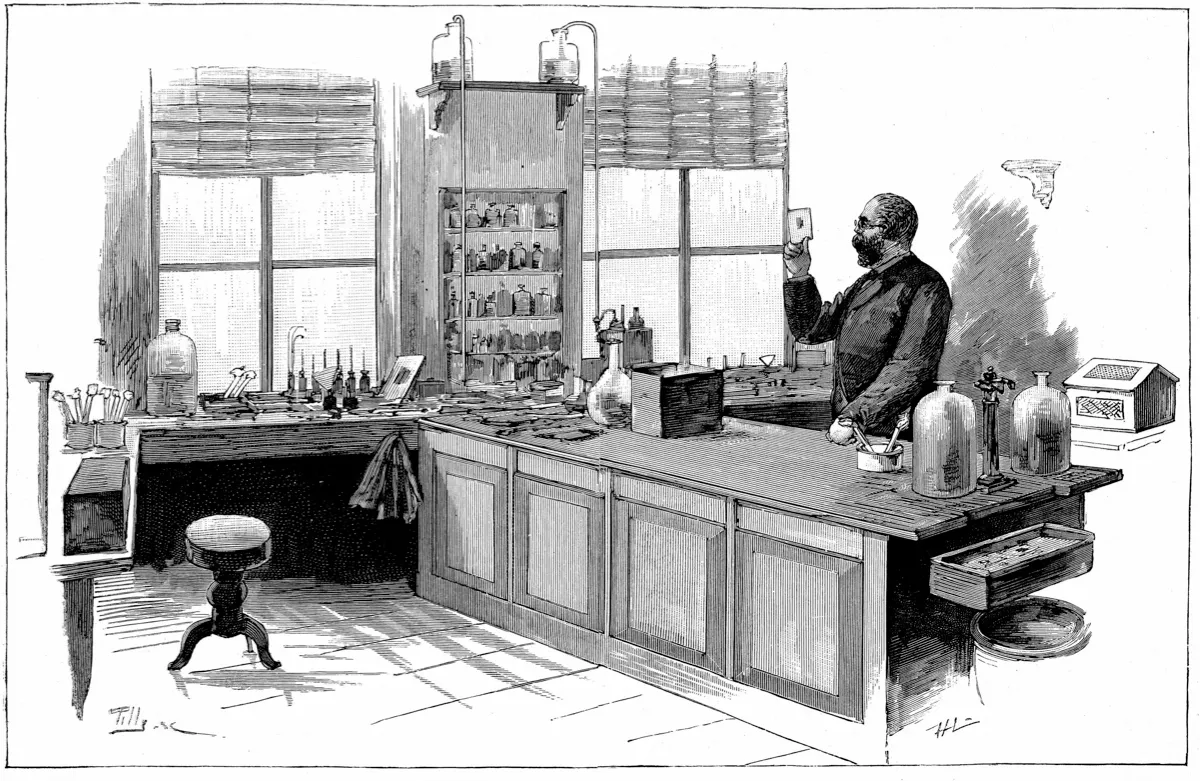
4. Is milk safe to drink?
Scientist Robert Koch discovered that a certain type of tuberculosis (bovine) germ could be spread through milk. This lead to what we know as pasteurization today. Milk was the first laboratory-tested food.
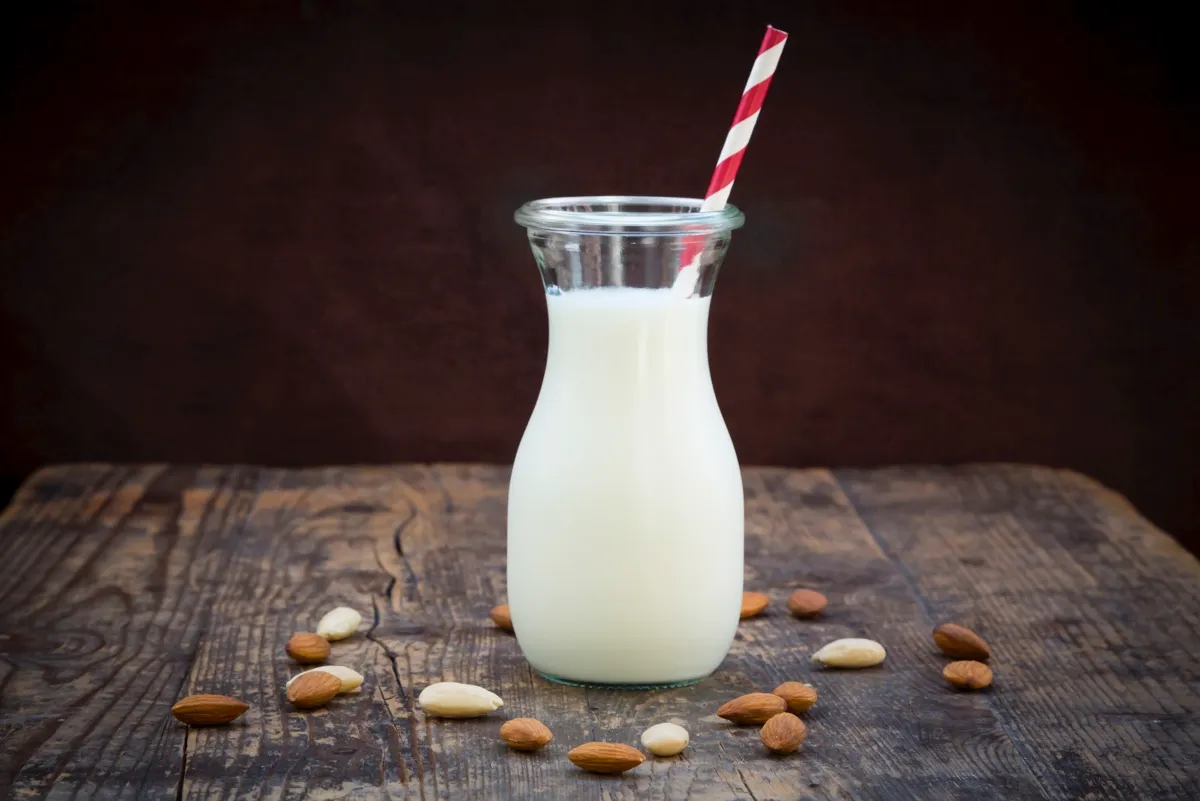
5. What are the alternatives to dairy milk?
Although we think of almond milk as a modern invention, recipes offering the option of using almond milk began appearing in the fifteenth and sixteenth centuries. Soya, rice, coconut and hemp are other common alternatives.

7. The start of the cheesemaking process
The word ‘Cheddar’ originally referred to the town, but soon came to mean the cheesemaking process. ‘Cheddaring’ means slicing partially strained curd, stacking it, and then turning and restacking it every ten minutes during the pressing process.

7. Analysing milk
In the eighteenth century, scientists learned how to roughly analyse the content of milks, and found donkey’s milk to be closest to human milk. The second closest was goat’s milk.
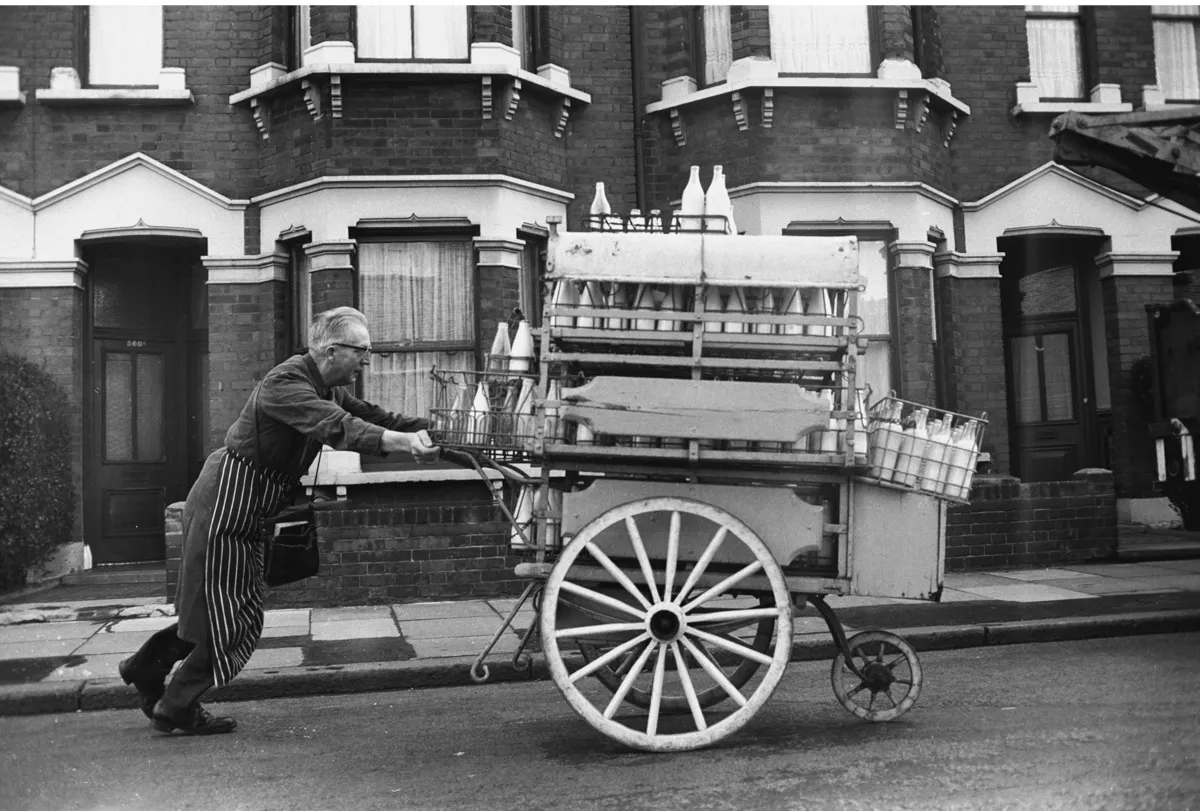
8. Urban lifestyle and growth of milk consumption
Milk drinking increased with the growth of cities. It was in cities that milk became the preferred substitute for breastfeeding and the food of choice for weaned toddlers and children.

9. The use of milk in communion
Christianity has always been a milk-worshipping faith. In the early communions, the sip that represented the blood of Christ was often taken from a goblet of milk.
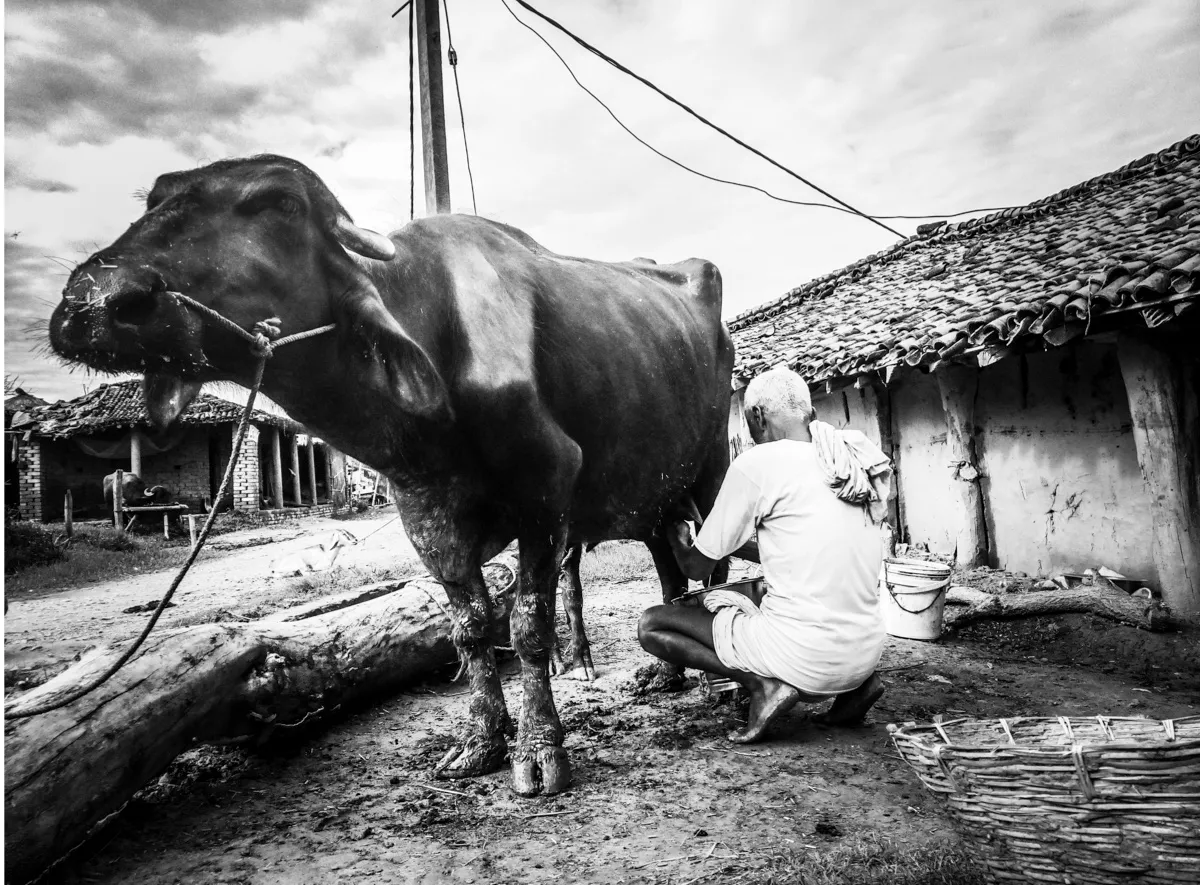
10. Which type of milk is low in cholesterol?
Buffalo’s milk has more fat but less cholesterol than cow’s milk. People drink buffalo milk in India and the Philippines and use it to make mozzarella cheese in southern Italy.

11. Mood music
A number of studies suggest that music makes cows happy, leading some dairies to provide music for their cows. It is widely believed that cows have a preference for classical music, but there is no science to support this.
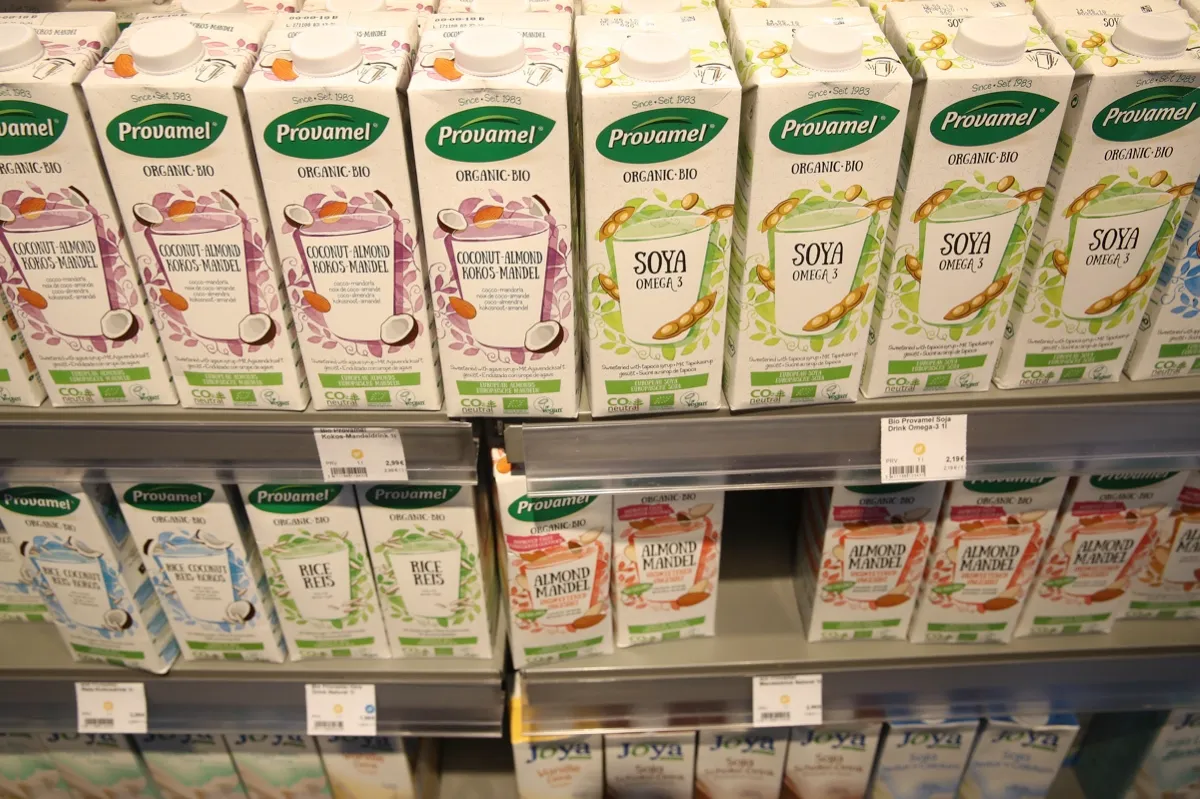
12. How many people are lactose-intolerant?
Approximately 60 percent of humans across the world are lactose-intolerant. With more consumers considering themselves lactose intolerant, or turning vegan, supermarkets now offer a choice of milk alternatives.
Read more...

• Milk: A 10,000-year Food Fracas by Mark Kurlansky is published by Bloomsbury and costs £18.99 (hardback). ISBN 978-1632863829.
• Main picture: courtesy of Getty Images
